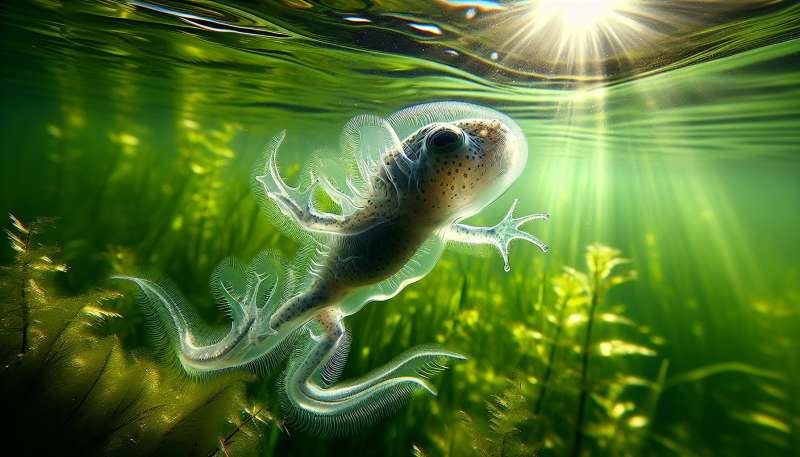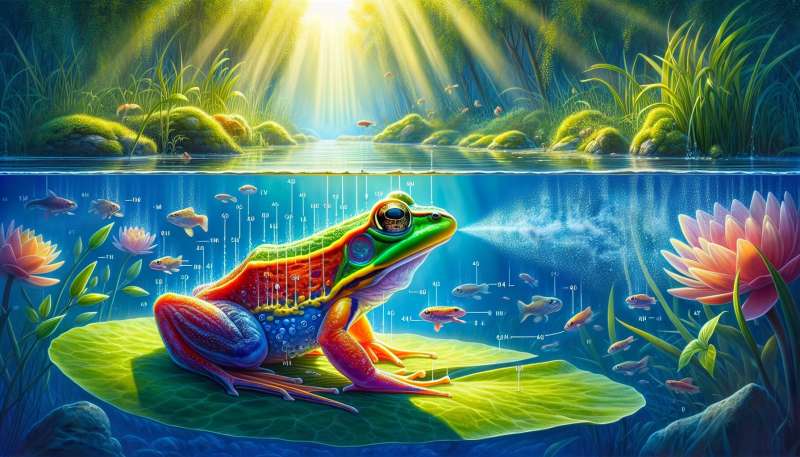
Amphibian Respiratory Introduction
Amphibians possess versatile respiratory systems, adapting to life in water and on land. Their methods include skin breathing, gills, and lungs, with variations among species and life stages.
Cutaneous Respiration Dominance
The skin of an amphibian is a primary respiratory organ, enabling gas exchange directly with the environment. This cutaneous respiration requires moist skin to function efficiently.
Gills in Aquatic Larvae
Amphibian larvae, like tadpoles, initially breathe through gills. These external or internal gills are later absorbed or lost as they metamorphose, transitioning to adult respiratory organs.
Lung Respiration Variability
Not all adult amphibians have lungs. Lung structure varies widely, from simple sacs in frogs to more complex, multi-chambered lungs in salamanders, reflecting their different oxygen demands.
Buccopharyngeal Respiration
Amphibians also use buccopharyngeal respiration, where they pump air into their mouth and throat cavities, allowing gas exchange through the moist lining without fully utilizing lungs.
Respiration and Temperature
Being ectothermic, amphibians' respiration rates are temperature-dependent. Colder temperatures slow their metabolism, decreasing the need for oxygen, while warmth increases respiratory activity.
Survival Without Lungs
Some amphibians, like the Bornean Flat-headed Frog, completely lack lungs. They rely solely on skin respiration, highlighting the extraordinary adaptability of amphibian respiratory systems.Breathing Through Their Butts
Some amphibians can absorb oxygen through their cloaca, a multi-purpose opening, especially during hibernation or in oxygen-poor environments.
Amphibians adapt to which habitats?
Deserts only
Water and land
Treetops primarily
Company